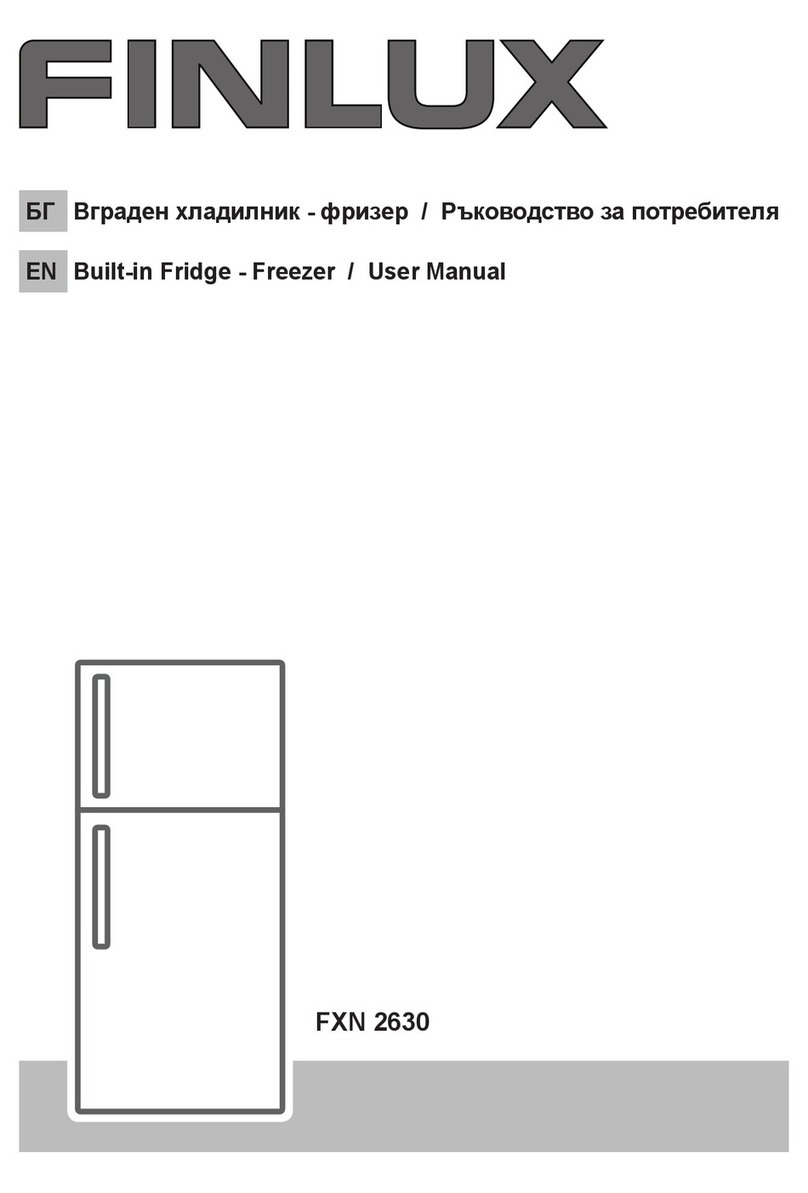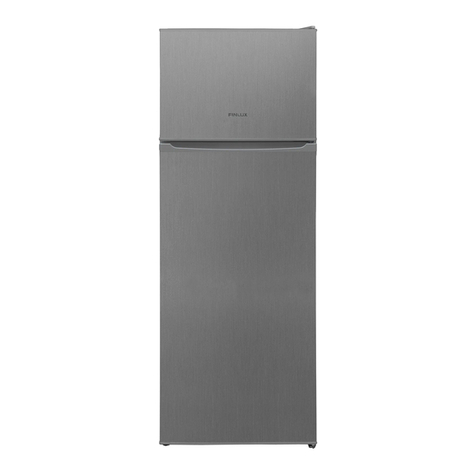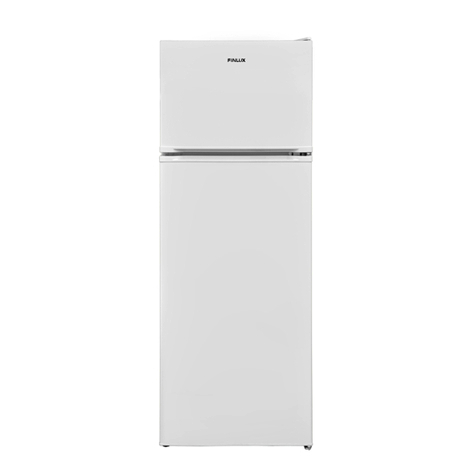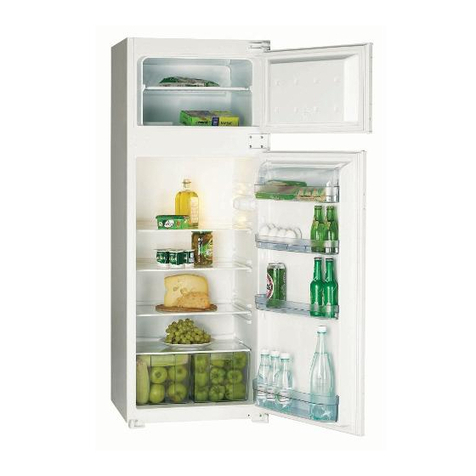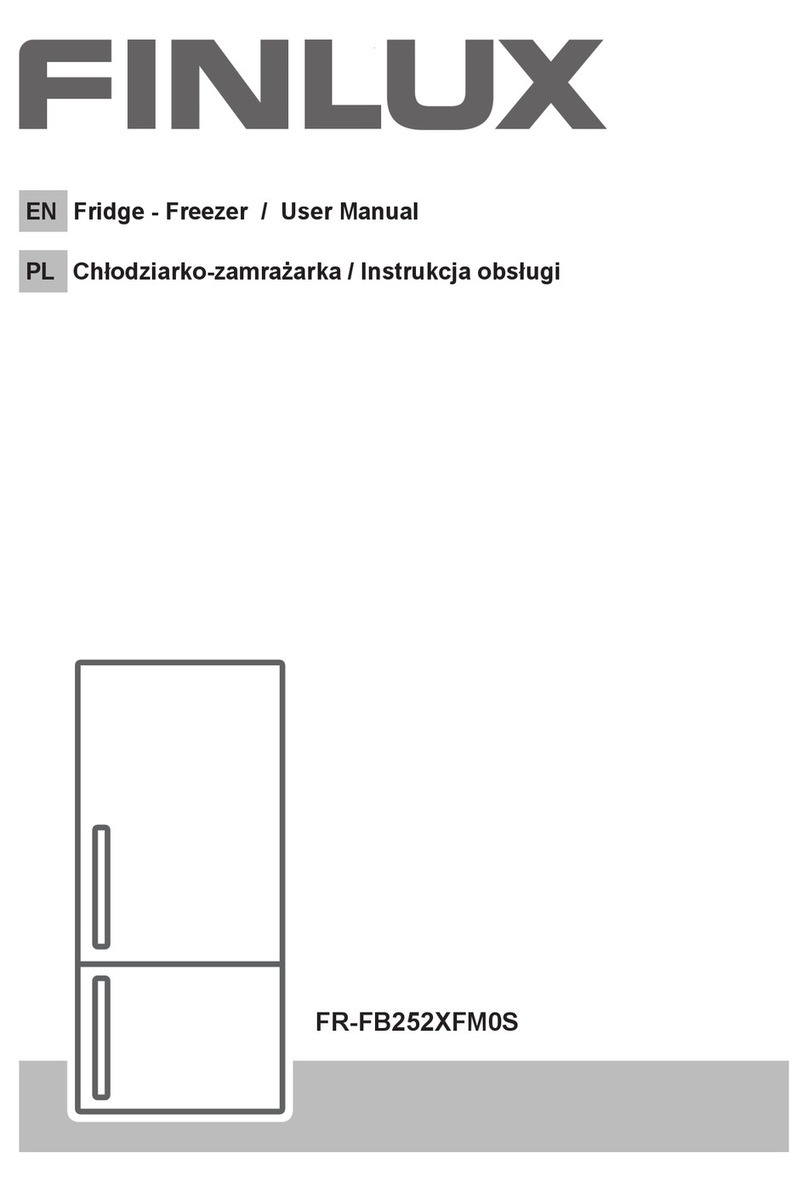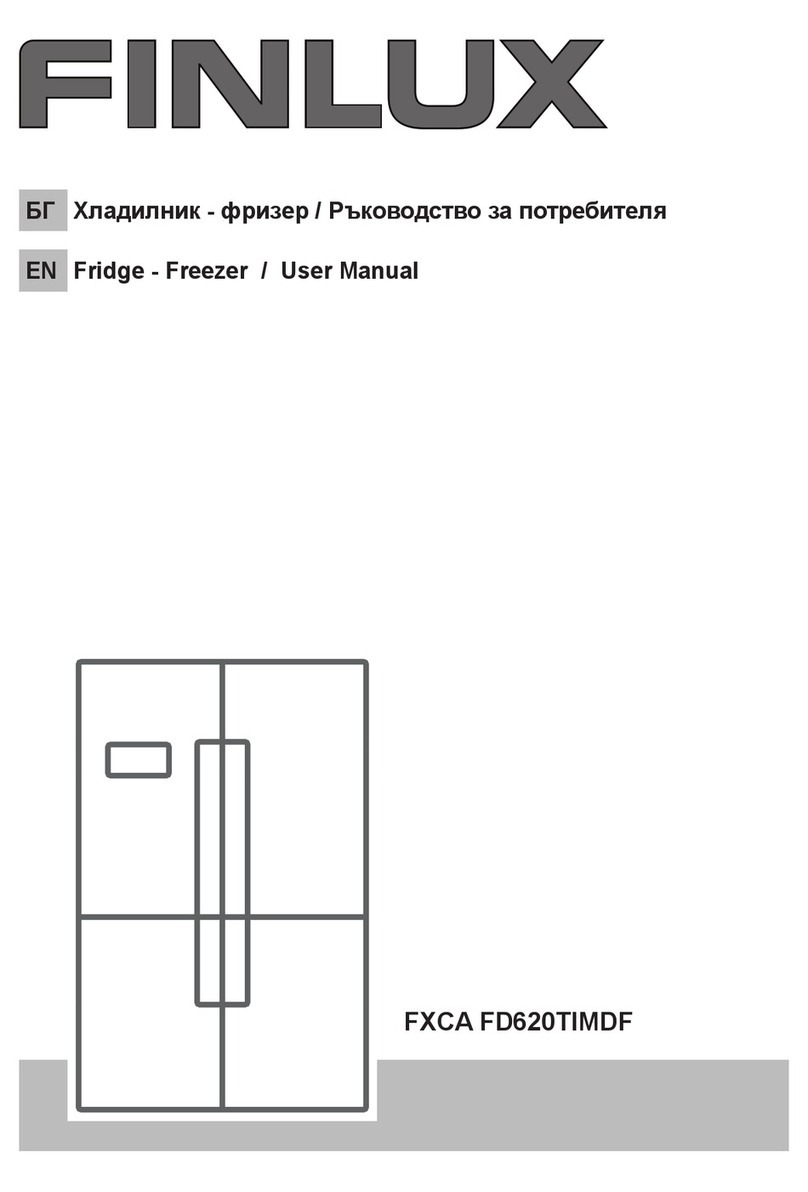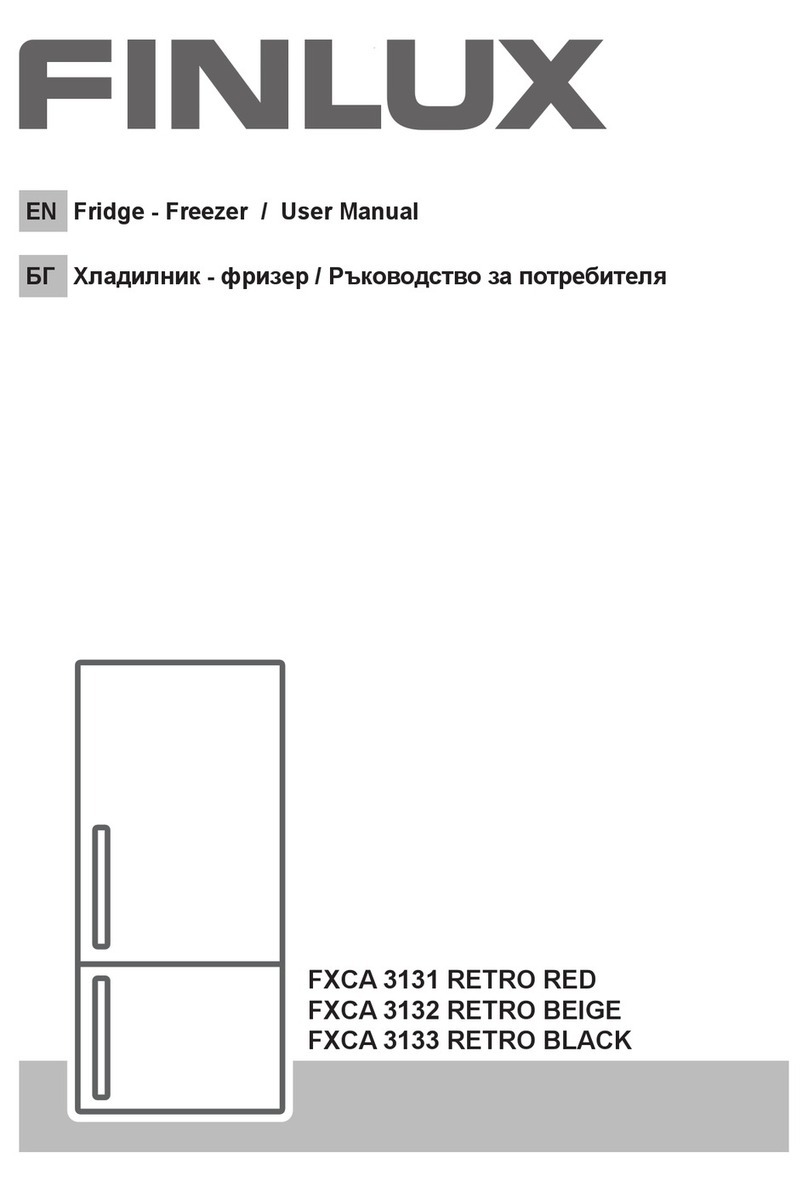
EN-5
zDo not store beer, beverage or other fluid contained in bottles or
enclosed containers in the freezing chamber of the refrigerator;
otherwise the bottles or enclosed containers may crack due to
freezing to cause damages.
1.6 Warnings for energy
1) Refrigerating appliances might not operate consistently (possibility of defrosting of contents or
temperature becoming too warm in the frozen food compartment) when sited for an extended
period of time below the cold end of the range of temperatures for which the refrigerating
appliance is designed.
2) The fact that effervescent drinks should not be stored in food freezer compartments or cabinets or
in low-temperature compartments or cabinets, and that some products such as water ices should
not be consumed too cold;
3) The need to not exceed the storage time(s) recommended by the food manufacturers for any kind
of food and particularly for commercially quick-frozen food in food-freezer and frozen-food
storage compartments or cabinets;
4) The precautions necessary to prevent an undue rise in the temperature of the frozen food while
defrosting the refrigerating appliance, such as wrapping the frozen food in several layers of
newspaper.
5) The fact that a rise in temperature of the frozen food during manual defrosting, maintenance or
cleaning could shorten the storage life.
6) The necessity that, for doors or lids fitted with locks and keys, the keys be kept out of the reach
of children and not in the vicinity of the refrigerating appliance, in order to prevent children from
being locked inside
1.7 Warnings for disposal
Refrigerant and cyclopentane foaming material used for the refrigerator are flammable.
Therefore, when the refrigerator is scraped, it shall be kept away from any fire source
and be recovered by a special recovering company with corresponding qualification
other than be disposed by combustion, so as to prevent damage to the environment or
any other harm.
When the refrigerator is scraped, disassemble the doors, and remove gasket of door
and shelves; put the doors and shelves in a proper place, so as to prevent trapping of
any child.
Correct Disposal of this product:
This marking indicates that this product should not be disposed with other household
wastes throughout the EU. To prevent possible harm to the environment or human
health from uncontrolled waste disposal, recycle it responsibly to promote the
sustainable reuse of material resources. To return your used device, please use
the return and collection systems or contact the retailer where the product was
purchased. They can take this product for environmental safe recycling.
Freezing chamber
